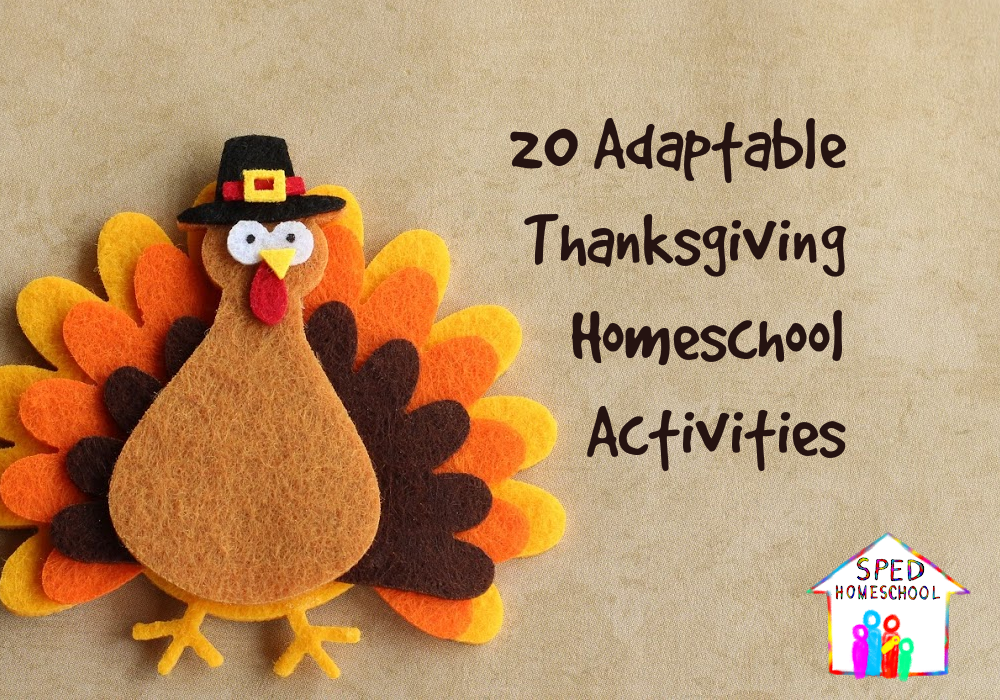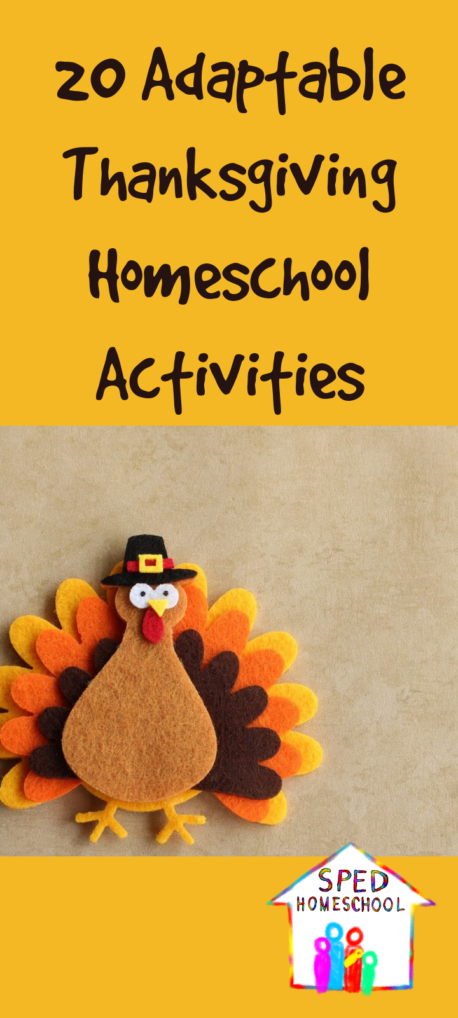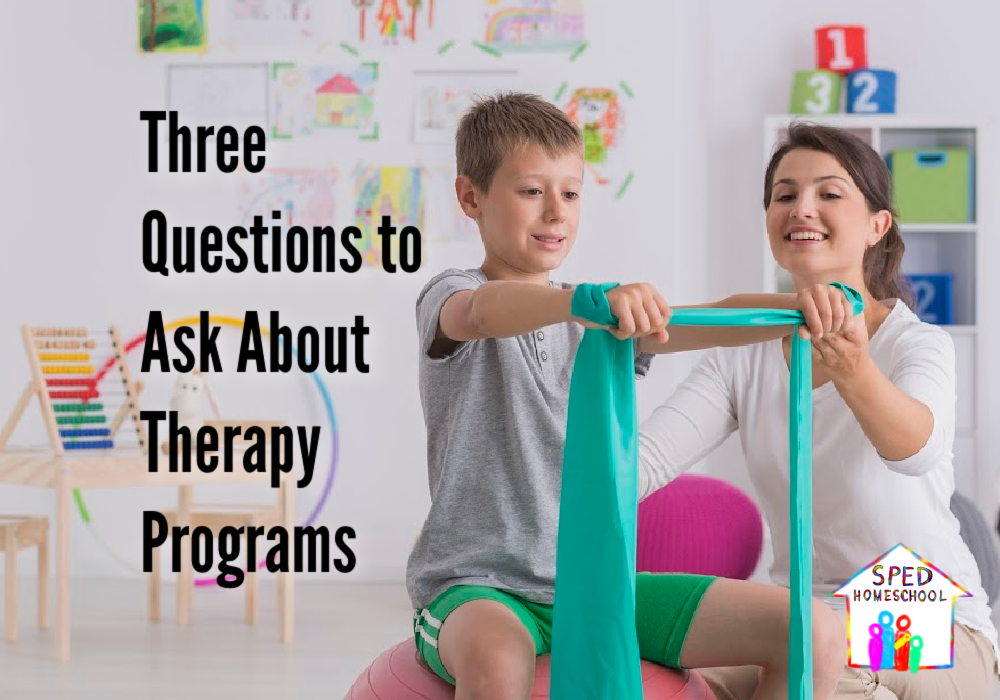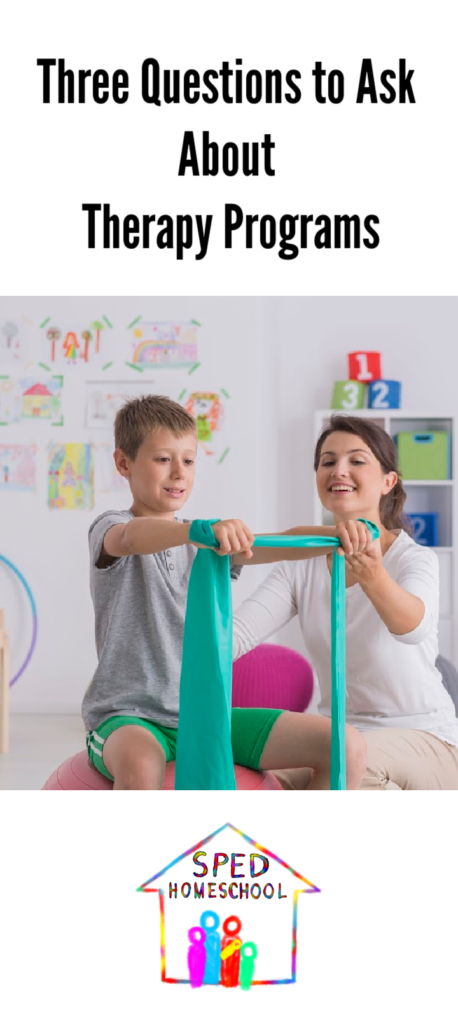
Fall is rushing by quickly and snow is already starting to fly up north. Before we know it, the holiday season will be upon us.
As you are thinking about how to add some seasonal fun into your homeschooling activities, here are some Thanksgiving learning ideas you can incorporate into any child’s homeschooling schedule.
20 Adapable Thanksgiving Homeschool Activities
-
Build Your Own Mayflower Craft and Science Activity – Easy activity for building a boat and learning the science of flotation
-
Thanksgiving “I Spy” Printable – Observation and simple counting reinforced through “I Spy” with a Thanksgiving theme
-
Language Arts Games for Thanksgiving – Multiple Thanksgiving-themed games to reinforce language arts
-
Thanksgiving Dot Painting Printables – Dot Painting printables with Thanksgiving themes
-
Building Number Sense, Turkey Style – Counting and turkeys make early math skills practice fun
-
Sensory Turkey for Thanksgiving – Learn how to make a multi-sensory turkey
-
“I am Thankful” Lapbook – Printables for making a thanks-oriented lapbook
-
Color in Thanksgiving Placemats – Printables for activity placemats to use for your Thanksgiving meal
-
K-4 Thanksgiving Reading Comprehension and Inference Activities – Multi-grade Thanksgiving reading activities, including comprehension and personal inference questions
-
Upper Elementary Thanksgiving Activities – Reading, writing and math activities with Thanksgiving themes
-
Visual Thanksgiving Recipes – Recipes written with pictures so they can be followed by non-readers
-
Fine Motor Turkey Math Game – Turkey, math, and therapy all wrapped up in one game
-
21 Free Thanksgiving Themed Unit Studies – An extensive list of free Thanksgiving themed unit studies
-
Thanksgiving Videos for Kids – A variety of videos for kids with a Thanksgiving theme
-
Fine Motor Playdough Turkeys – Building this turkey is fun as well as it can help develop fine motor skills
-
Thanksgiving Mad Libs – Kids add their own words to these Thanksgiving themed Mad Lib activity sheets
-
4 Thanksgiving Speech Therapy Activities – Ideas for incorporating Thanksgiving into your student’s speech activities
-
Thanksgiving Writing Activity Packet – Writing is always more fun when it includes a seasonal flair
-
Fun Turkey Dance for Brain Breaks – A Thanksgiving brain break dance your kids will love
-
30+ Thanksgiving Craft & Food Craft Ideas – Cute crafts that use a variety of different materials, even food
For more Thanksgiving SPED homeschooling ideas, make sure to check out our SPED Homeschooling Thanksgiving Pinterest Board. There are new pins being added to the SPED Homeschool Pinterest boards every day, so subscribe to all of them so you don’t miss a thing.



